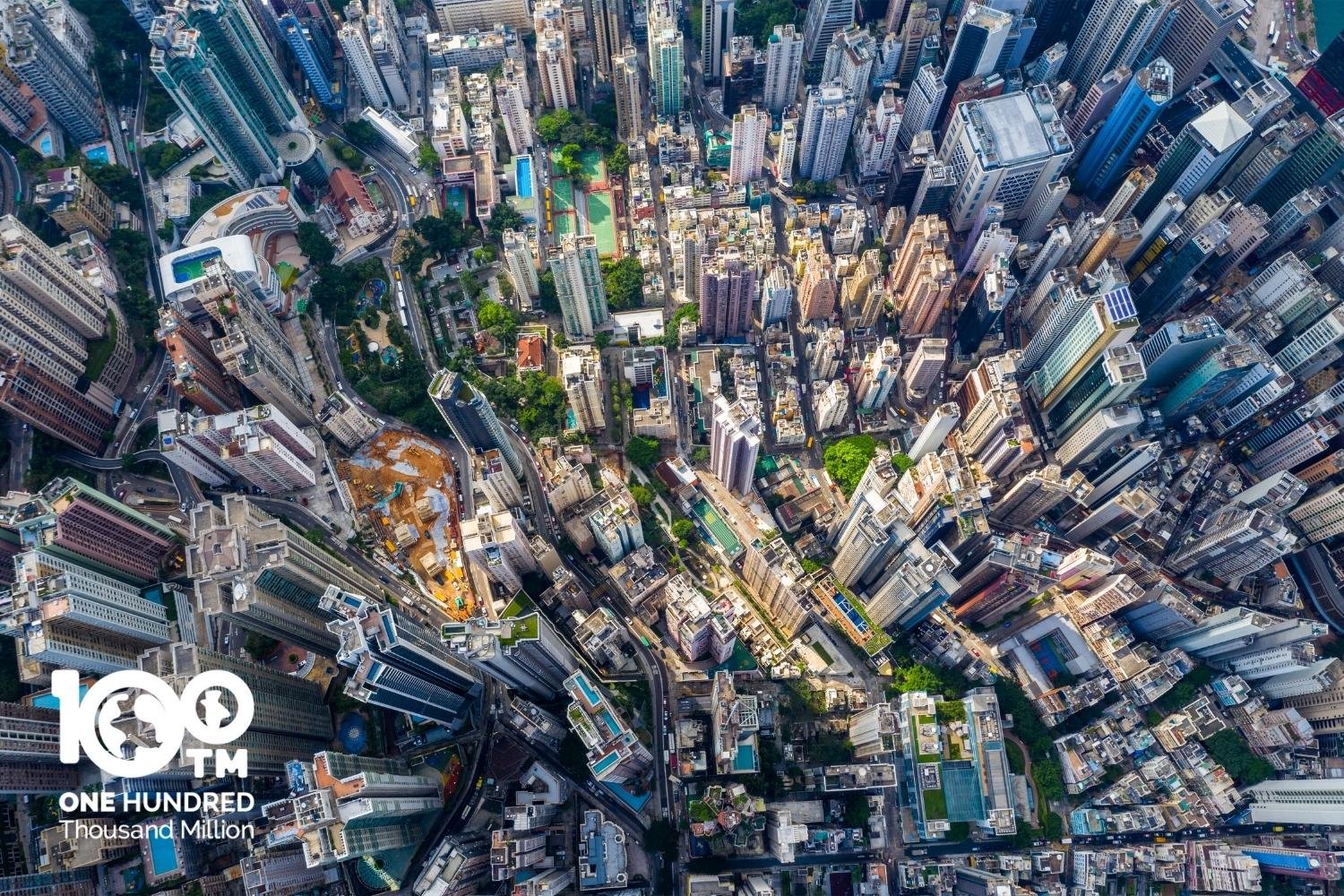Probably you have read about global overconsumption. One key figure that should worry everyone is that we are using the resources equivalent to 1.8 planets per year. The concept behind these assertions is the global ecological footprint, which is the human demand for natural capital.
It estimates the environmental assets that a given population needs to replace the natural resources it consumes. If the number is equal to or less than 1, then we are ok. If it's over 1, we should be concerned and plan to go back to a number below 1.
It is terrible that today the global footprint number is 1.8. And it's growing, which is even worse. This trend has many harmful impacts like carbon emissions, deforestation, and water scarcity, among other undesirable companions. Some countries have more influence over this than others, of course. The United States, for example, in 2017 had a footprint of 5.0, while Madagascar's was 0.6.
We are in a very complex situation
The global population will grow by 2 billion in 30 years. That means going up from 7.8 billion in 2020 to 9.8 billion in 2050. And our way of life keeps reproducing what we have been doing for decades, so the global footprint is expected to increase significantly.
So what should we do? One first goal should be to lower our global footprint from 1.8 to 1. But then, as the population grows, our environmental impact will keep increasing with it, again and again. Therefore, we shouldn't plan to always be at the limits of sustainability, as it would require constant changes in societal systems to keep up with the increasing demands of a growing population.

We propose to aim really high
(or very low in terms of footprint)
What if we look forward to hosting 100 billion humans on Earth? A rough back-of-the-envelope calculation shows that if we need 1.7 planets for 7.8 billion people, all else being equal, we would need 21.8 planets. Therefore, if we could have a 20 times lower footprint per capita, we would have a path for continuous growth for several decades. In fact, at the present population growth rate, it will take approximately 200 years to reach 100 billion people.
That sums it up pretty well. Aggressive investment in creating a cost-effective way of living sustainably --with a footprint many times lower-- is the way to go.

Our proposal also improves the quality of life, strengthens resilience, and creates new economic opportunities. These changes enable a steep drop in the fertility rate in places where it is high, reducing the growth rate of the world's population as a much welcome side-effect.
We aim high to stay low. It can be a long-term virtuous circle with short-term impacts.
Earth cities are the way to go.
We aim high to stay low. It can be a long-term virtuous circle with short-term impacts.
Earth cities are the way to go.
